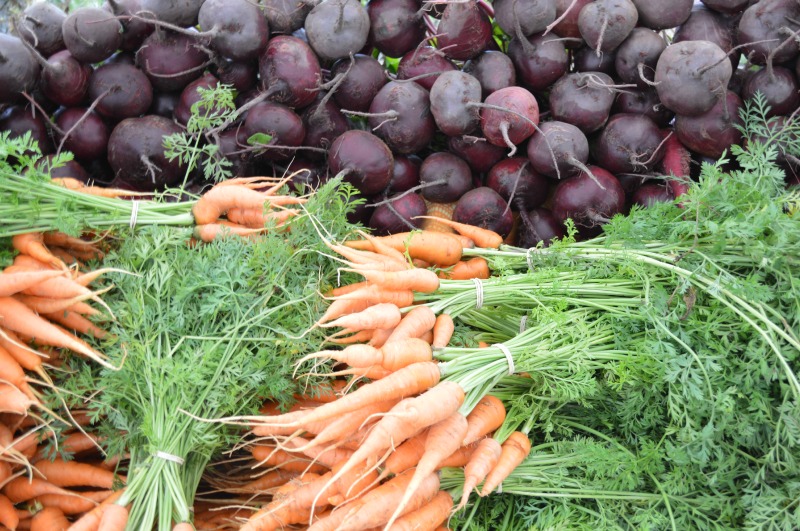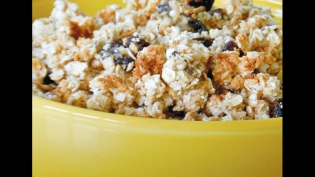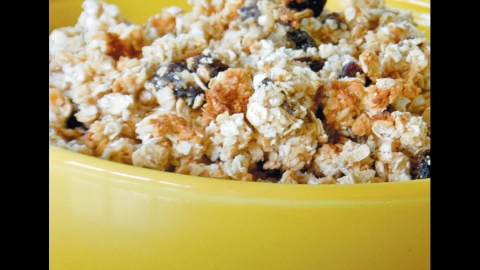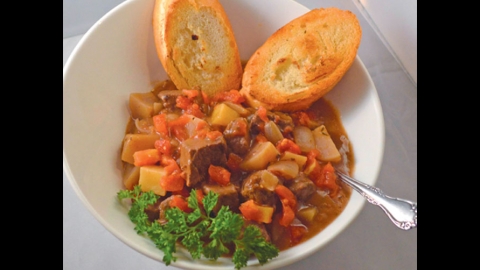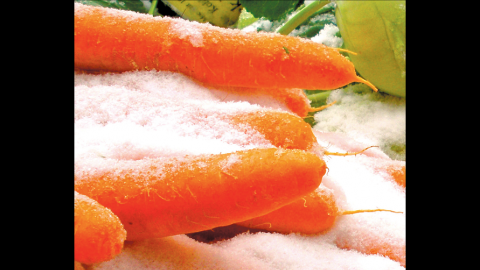What's In Season for Kansas City: Winter
Winter’s chill brings comforting thoughts of stovetop stews and creamy casseroles - our bodies craving warming spices and textures. The abundance of fresh, local produce easily available in the warmer months is now minimal, but our farmers are still hard at work planning out their planting schedule and seeds for spring’s quick arrival. Like our favorite farmers, we too can begin to plan for the months ahead.
A health resolution doesn’t have to align only with the New Year. With each changing season I like to reflect on my personal wellness goals and adjust my tastes and ingredients to accommodate my body’s needs for that particular season. Right now I’m incorporating more variety of whole grains (farro, millet, steel cut oats, teff) and sweetening the season’s baked goods with whole ingredients like dates instead of refined sugars.
While you may feel that it is challenging to eat healthy during winter, it doesn’t have to be. Those chard stalks canned during the growing season are now perfect for snacking or adding into your wintry soups. Dried herbs and spices add a multitude of flavor without the added expense of sodium. Stay focused on your health goals, but allow for indulgences. Embrace the heartiness of winter meals, and get excited for spring’s new mix of ingredients and dishes soon to come!
Hearty one-dish meals are standard fare in the cold winter months. Stews, which are most simply defined as two or more foods simmered in a small amount of liquid, have been part of the human diet since the discovery of fire. Our early ancestors cooked their stews in animal paunches and clamshells, a practice that mostly disappeared with the advent of pottery vessels around 10,000 years ago. Although our means of preparing stews has progressed, the essential components have remained - meats, vegetables, and seasoning cooked low and slow to tenderize the meat and meld the flavors.
Beef stews are common across many cultures, and ingredients vary by geography. In warmer climates, they often include sweat-inducing seasoning in order to help cool the body; in colder climates, thicker sauces and heavier ingredients are standard.
Our recipe substitutes bison for beef. Similar in taste and texture, bison has fewer calories and less fat than comparable beef cuts. Bison can be purchased locally from KC Buffalo Co. (kcbuffalo.com) and Long Livestock Co. (longlivestock.com).
As long as there has been bread, there has been something akin to bread pudding. Variations of soaked stale bread, sweetened, and sometimes garnished with currants, raisins, or nuts appear in the culinary history of cultures from India and Egypt to England and the early American Colonies.
Early cookbooks classified bread puddings as “Invalid Food”, food commonly served to the sick while nursing them back to health. No surprise, then, that bread pudding is a perennial favorite cold weather comfort food.
Today there are probably as many recipes for bread pudding as there are cooks. Our version includes a few unexpected, but welcome additions – sweet Fuji apple slices and Rumchata. Yum.


